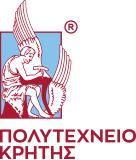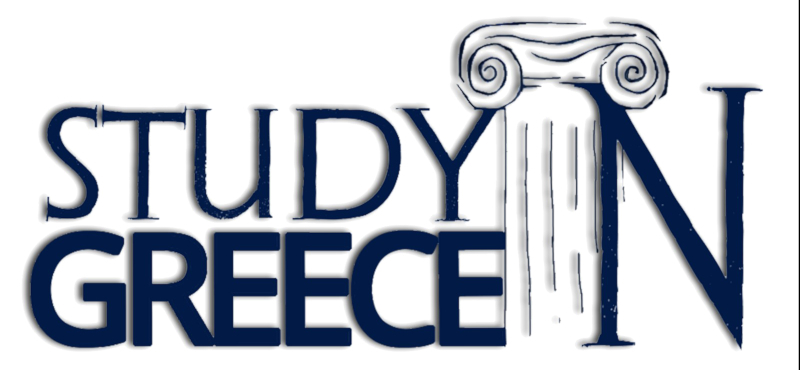The PDEng programme is a 2-year post MSc technological programme with a focus on technological design. This programme at the University of Twente contains an educational part that will be followed at the University (~50%), and a design project (~50%) that will be carried out in cooperation with a major global steel producer. The educational programme will have an in-depth and broadening character with ample attention for professional development and will be partly tailored to the design project. In collaboration with the external organization involved, high level, creative and new designs for complex issues will be aimed at.
PDEng Design project
The surface aspect of a part or product is an important facet in terms of product performance and saleability. The performance of a surface is related to its functionality (or functionalities) - be it a heavy-end tribological contact, the aesthetic appearance of a product or anything in between. In part due to the nature of current steel production routes, which rely on surface imprinting during rolling, surface design within the steel-making industry currently rarely extends beyond targeting a simple Ra (roughness) range.
However, many other functionalities/sectors can be aided and improved through better surface design and control. Considering the automotive sector for example - one of the most demanding and quality-critical development areas – the reason for applying a roughness is twofold. Firstly, a relatively high roughness is required for good press (forming) behaviour, while a relatively low roughness is desirable for paint appearance. However, the processing of the surface itself often hinders freedom and optimisation of a surface within this broad surface definition.
Designing a surface begins with understanding of the functionality itself. In order to understand, develop and visualise tailored surfaces designed for functionality, surface descriptors and a visualisation tool will be designed and developed in this project. Several fundamental aspects underpin this PDEng research project to be able to achieve this goal:
How do we describe a surface mathematically?
Can we do this per functionality?
Can we (re)construct a surface from a mathematical description encompassing multi length-scale phenomena?
These questions will be answered together with the Industrial partner with the industrial aims and innovations of this project centering on the development of a surface characterization and visualization tool for the design and description of a series of surface functionalities.
Requirements
The successful candidate will have an innovative mind-set with a strong background and interest in computer programming, physics or mathematics. Being able to think outside the box and having a drive to achieve tangible results will augment good communication skills and an excellent command of the English language. The candidate will demonstrate a confident ability to work both independently and within a team. Good knowledge in software programming is essential and good experimental skills a pre. Important professional skills are Dutch and English language skills, communication and interpersonal skills, teamwork, initiative and self-reflection.
Information and application.
If you have any further questions about this vacancy of the PDEng programme, please contact:
Email: Dr.ir. M.B. de Rooij (m.b.derooij@utwente.nl) or Dr. Dave Matthews (D.T.A.Matthews@utwente.nl)
Telephone: +31 (0)53 489 1178
Please send your letter of motivation, with a curriculum vitae, a list with grades of courses attended, references and, if applicable, a list of publications before 30-10-2014
Further details:
https://www.academictransfer.com














